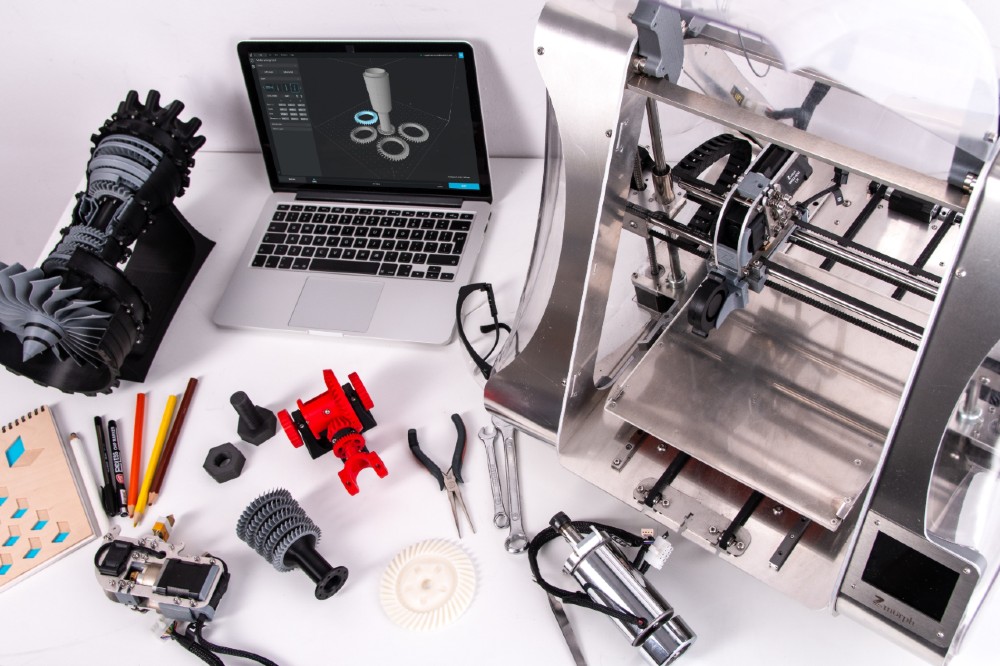Wait, they were serious?
It was nearly a year ago Lyft delighted our inner nerds with the forecasting of a fleet of robots accounting for the majority of Lyft rides within the next five years?
![]()
Well they’re not too far off.
Contributing team
Lyft isn’t building their own autonomous vehicles, and not exactly employing robots, but rather they’re opening their network to allow for automakers and partners to use them to test their self-driving tech.
They are on track to open a facility in Palo Alto, California by the end of 2018, vetting “several hundred” engineers.
The engineers will be collaborating with other vehicle experts in order to build self-driving systems.
In a previous report to AP, Raj Kapoor, the company’s chief strategy officer, voiced his stance on the strategy shift; “We believe this is inevitable where the world is going,” he said. “We need to be playing this role.”
It’s been speculated that this strategy shift could put partners such as GM, Alphabet’s self-driving division, and Jaguar in competition with Lyft.
Level Five
However, this open-sourced project, dubbed “Level Five,” not only encourages automakers to test their ride-hailing network but assures that data collected from testing the tech would be shared with investors as well, potentially including sensor and software technology.
Being a little late to the autonomous self-driving car game, Lyft needs to approach the industry a little differently.
For instance, revenue sharing opportunities are a decent possibility as it’s been reported that GM may be using Lyft’s network with their self-driving vehicles after investing 500 million into the company. The data collected would be used to create ultra hi-def and detailed maps that the vehicles will need for navigation.
Ride share love triangle
It’s been reported that Lyft’s new push for innovative ride sharing tech comes as a result of bad blood between Uber and Waymo over “alleged theft of trade secrets.” While Lyft is entering the game with a different strategy, the legal mishap may give them some time to catch up.
Lyft hasn’t given any timeframe on when we can actually expect to see their new fleet in action, but with ridesharing becoming more common place, I’m willing to bet they’re stepping up their game to become a top contender versus their rival competitors.
#LyftBot
Ashe Segovia is a Staff Writer at The American Genius with a Bachelor of Arts in Communications from Southwestern University. A huge film nerd with a passion for acting and 80's movies and synthpop; the pop-cultural references are never-ending.











































Pingback: Valerie Jarrett joins Lyft's board and brings carloads of experience - The American Genius